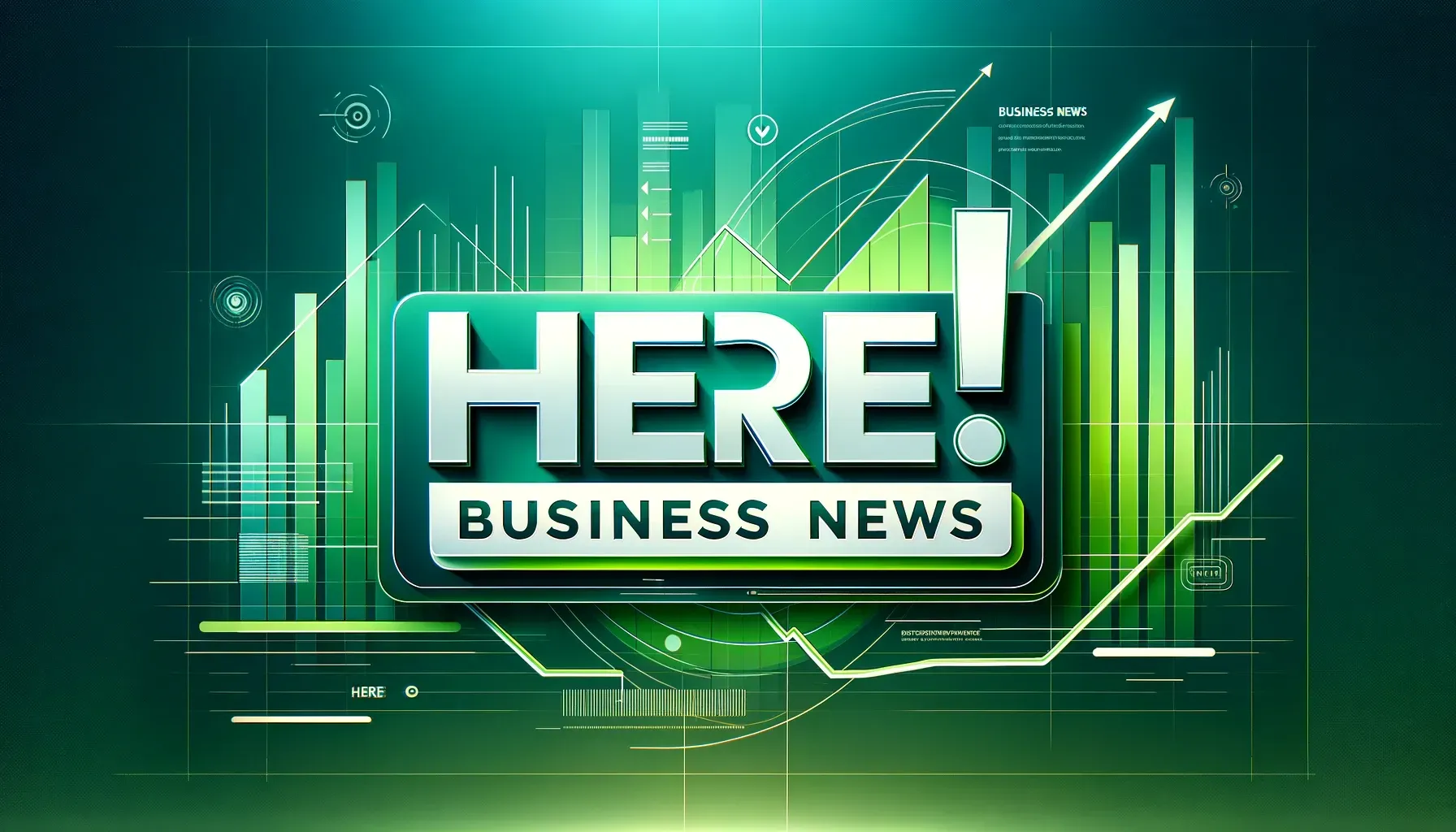News Summary
California is advancing towards the testing of self-driving heavy-duty trucks on public roads with new proposed regulations from the Department of Motor Vehicles (DMV). This initiative aims to regulate autonomous vehicles weighing over 10,001 pounds, which have been previously restricted in the state. The regulations are open for public comment, emphasizing safety and innovation in the trucking industry, but raise concerns from labor unions about job losses. As other states are already testing self-driving trucks, California’s proposed framework will include enhanced safety measures and permit requirements.
California Sets the Stage for Self-Driving Heavy-Duty Trucks
The bustling streets of California might soon be welcoming a whole new fleet of trucks—those that drive themselves! The California Department of Motor Vehicles (DMV) has rolled out some exciting proposed regulations aimed at testing self-driving heavy-duty trucks on public roads. This news broke on a Friday, and it’s sure to spark conversations across the state and beyond.
The Nuts and Bolts of the Proposal
What’s the big deal, you ask? Well, California has long been known for having strict rules about autonomous vehicles, especially those hefty trucks tipping the scales at over 10,001 pounds. In fact, it was the only state to keep driverless trucks weighing more than 10,000 pounds off its roads. But with these fresh proposals, testing might soon become a reality!
As of now, these proposed regulations are open for public comment until June, meaning that anyone interested in the matter can voice their opinions—be it excitement or concerns. The intention behind these rules is to foster industry innovation while keeping the roads safe.
Industry Concerns and Opposition
However, with any major change comes apprehension. There’s a growing chorus of concern from labor unions and safety advocates who fear that embracing such technology could lead to significant job losses for commercial truck drivers. As the industry progresses and automation creeps into more roles, the question looms large: What happens to the jobs of individuals who have relied on driving for a living?
The tension has been heightened following a vetting process that started in 2023 when a bill was passed to require human drivers in self-driving semi-trucks. However, it was ultimately vetoed by the governor, who believes that the existing laws are adequately equipped to regulate self-driving technology.
Looking Beyond California
While California ponders its next steps, other states such as Texas, Arizona, and Arkansas are already ahead of the game, actively conducting tests with self-driving heavy-duty trucks. With all of this happening, it’s evident that the race towards automating the trucking industry is heating up.
Proposed Regulations’ Framework
Now, let’s talk meat and potatoes of these proposed regulations. They come bundled with enhanced data-reporting requirements which will put manufacturers on their toes. For example, they’ll need to report any incidents where their vehicles come to a stop on active roads. This added layer of accountability aims to heighten safety measures as we navigate this new frontier.
The DMV is also poised to gain additional authority in enforcing these regulations, allowing for a more incremental approach. Instead of outright suspending testing permits, regulators can take measured actions, helping to ensure everything runs smoothly.
Reflecting on past incidents, including one where the self-driving car company Cruise had its permit suspended following an injury to a pedestrian in San Francisco, it’s clear that safety can’t be taken lightly—especially with the noted risks associated with higher-front-end vehicles like heavy-duty trucks when it comes to pedestrian collisions.
The Path Forward for Manufacturers
As part of this regulatory framework, a phased permit process is outlined for vehicle manufacturers. They will start by obtaining a permit for testing with human safety drivers on board. Notably, these manufacturers will need to accumulate a minimum of 500,000 autonomous miles of testing for their heavy-duty trucks, with up to 400,000 of those miles potentially taking place outside of California.
Additionally, there will be monthly reporting requirements on incidents like vehicle immobilizations during testing, ensuring that all parties are held accountable in this technologically advanced landscape.
As California pushes forward with these proposed regulations, it remains to be seen how the dialogue will evolve. The future of self-driving heavy-duty trucks is on the horizon, and it’s bound to stir a variety of opinions and discussions. Buckle up, California, it looks like the journey ahead is going to be quite the ride!
Deeper Dive: News & Info About This Topic

Author: STAFF HERE HUNTINGTON BEACH
The Huntington Beach Staff Writer represents the experienced team at HEREHuntingtonBeach.com, your go-to source for actionable local news and information in Huntington Beach, Orange County, and beyond. Specializing in "news you can use," we cover essential topics like product reviews for personal and business needs, local business directories, politics, real estate trends, neighborhood insights, and state news affecting the area—with deep expertise drawn from years of dedicated reporting and strong community input, including local press releases and business updates. We deliver top reporting on high-value events such as the Huntington Beach Surf City USA Marathon, the U.S. Open of Surfing, Fourth of July celebrations at the Huntington Beach Pier, and community festivals at Huntington Beach Central Park. Our coverage extends to key organizations like the Huntington Beach Chamber of Commerce and Visit Huntington Beach, plus leading businesses in retail, hospitality, and outdoor recreation that drive the local economy. As part of the broader HERE network, including HEREAnaheim.com, HERECostaMesa.com, HERESantaAna.com, and HERELosAngeles.com, we provide comprehensive, credible insights into Southern California's dynamic landscape.





